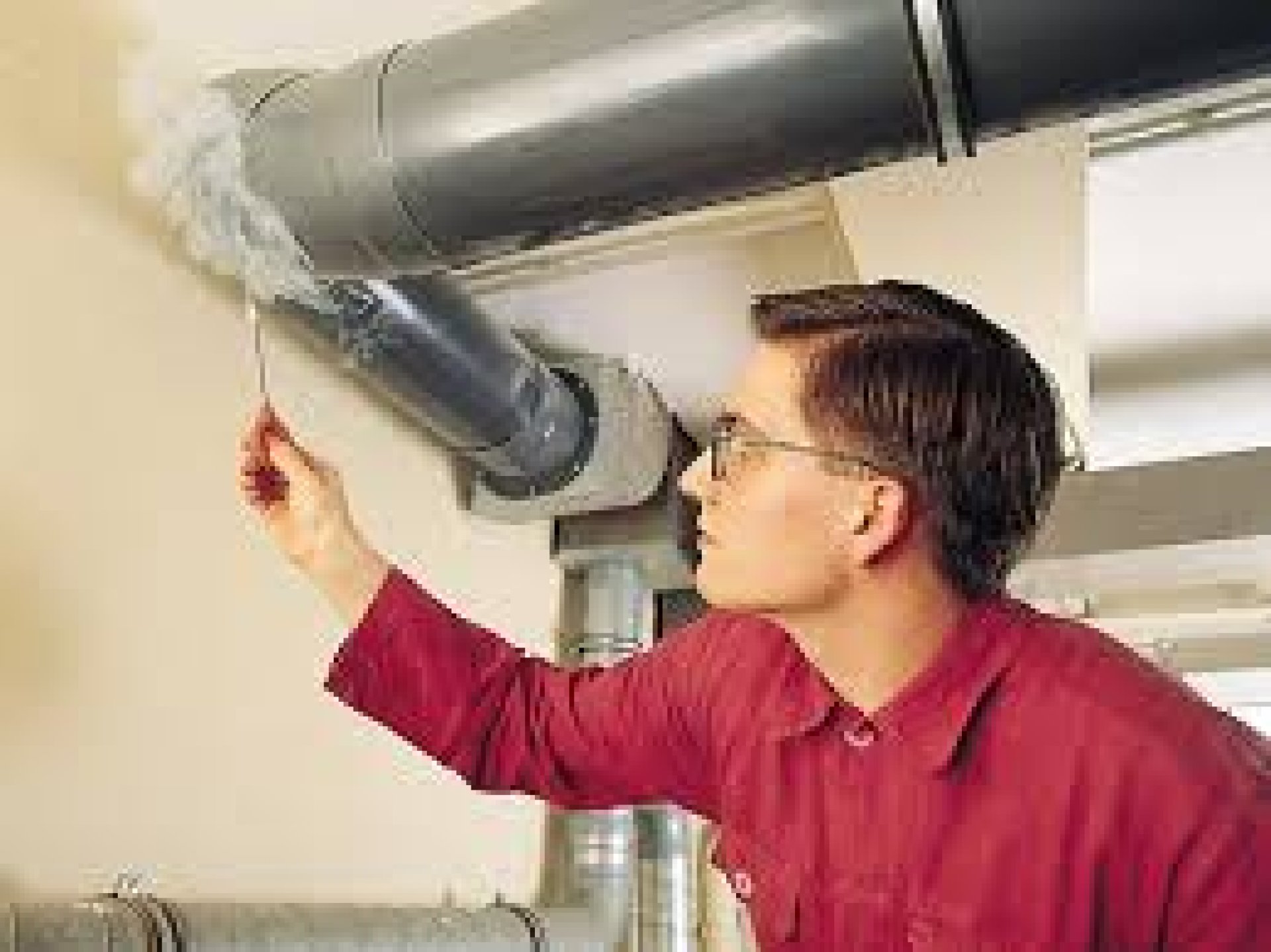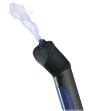Airflow Inspection Using Smoke: A Simple Method for Air System Analysis

Inspecting airflow using smoke is a popular method in ventilation and safety systems for buildings and factories. It is a straightforward, low-cost approach that allows for visible observation of air movement. This method is particularly suitable for preliminary inspections and improving air systems in complex spaces.
Principle of Using Smoke for Inspection
This method uses smoke as an indicator of airflow. When smoke is released in an area, it moves according to the direction and speed of the air currents. Observing the behavior of the smoke such as swirling, stagnation, or dispersion can reveal issues in the system, such as:
- Unbalanced airflow
- Dead zones where air does not circulate
- Improper ventilation direction
Applications in Various Scenarios
1. Ventilation System Testing
Smoke helps verify if air is being effectively ventilated, such as in laboratories, hospitals, or kitchens.
2. Air Distribution Analysis in Buildings
It can check whether air conditioning systems distribute cool or warm air evenly throughout the area.
3. Air Leak Detection
Smoke can identify air leakage points in ducts or areas where seals are not properly closed.
4. Safety Checks in Industrial Ventilation
In industrial facilities dealing with chemicals or dust, smoke demonstrates airflow to ensure hazardous substances are safely evacuated.
How to Use Smoke for Inspection
1. Select the area for inspection and close off other ventilation channels to ensure accurate results.
2. Use a smoke generator or smoke stick to release smoke in the desired area.
3. Observe the smokes behavior and record details such as direction, speed, and dispersion.
4. Analyze the findings and make adjustments to the air system as needed.
Advantages and Precautions
Advantages:
- Easy to understand and apply.
- Suitable for preliminary checks before using advanced tools.
- Low cost.
Precautions:
- Use non-toxic smoke to ensure user safety.
- Smoke inspection cannot provide precise measurements of airflow.



